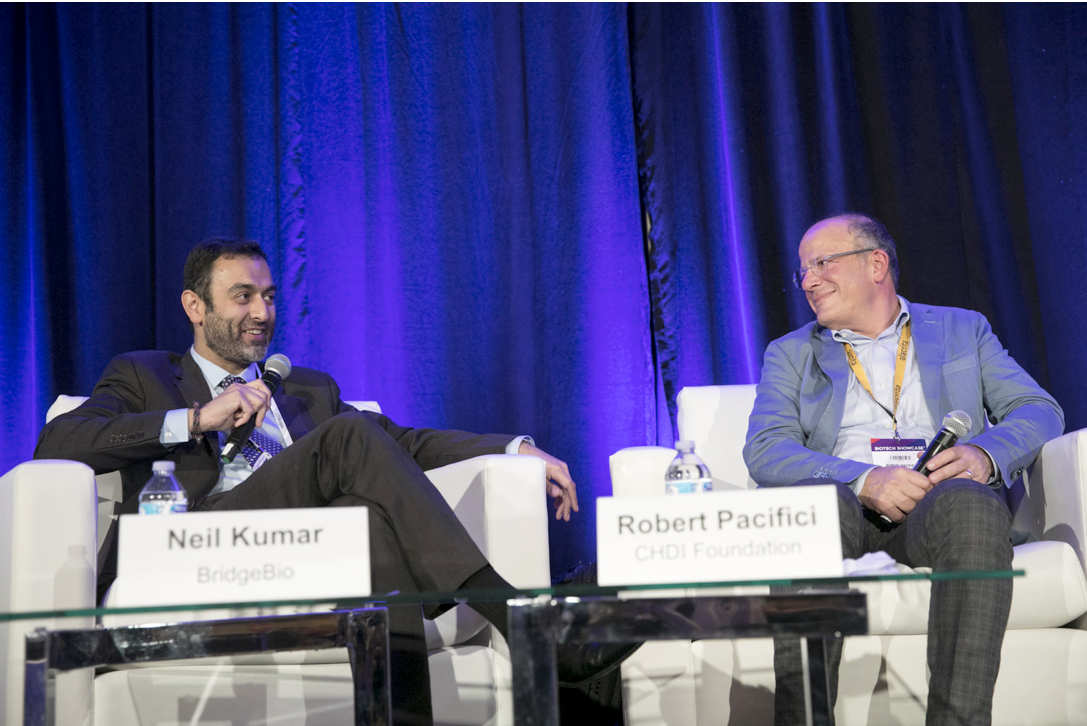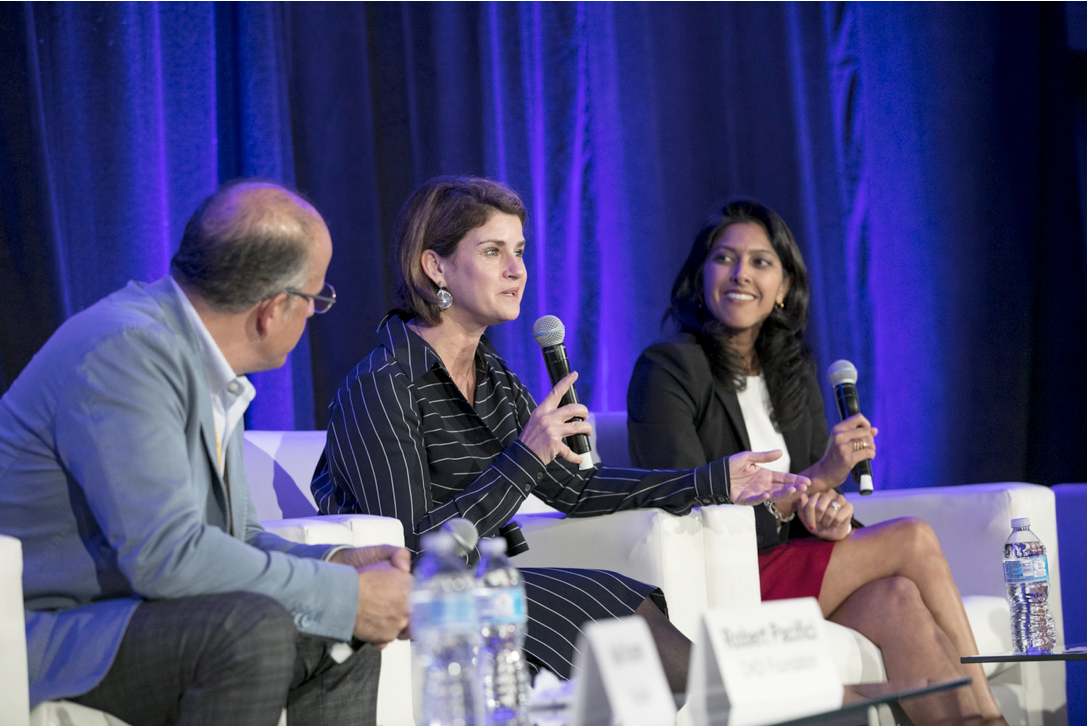How can a company remain viable when it develops therapeutics for diseases that afflict only a handful of individuals in the world?
 The key, according to panelists at Biotech Showcase’s January 9 session devoted to rare diseases and innovation, is to focus on the genetics rather than the size of the population. “We see diseases that are well-defined and have clear pathways as low-hanging fruit that will teach us about larger syndromes,” Neil Kumar, CEO, BridgeBio, says. Having genetic information suggests a better scientific hypothesis.
The key, according to panelists at Biotech Showcase’s January 9 session devoted to rare diseases and innovation, is to focus on the genetics rather than the size of the population. “We see diseases that are well-defined and have clear pathways as low-hanging fruit that will teach us about larger syndromes,” Neil Kumar, CEO, BridgeBio, says. Having genetic information suggests a better scientific hypothesis.
“It’s critical to be first, and best, in class,” adds Brinda Balakrishnan, group VP, corporate and business development, BioMarin. “We’re fairly technology agnostic, so we can use the right tool based on the mechanism of the disease, and can move therapies to market quickly.”
At Ionis Pharmaceutical, Inc., the first questions are whether there is a medical need and whether a therapy is currently available. Because the company develops antisense technologies, which work at the level of RNA, “we have targets available that monoclonal antibodies or small molecules can’t reach,” Sarah Boyce, Senior VP and chief business officer, says. Therefore, the company isn’t limited by indication or tissue type.
 The ability to derisk programs and to take many shots on goal increases the chances of success and, therefore, the ability to attract investors. Panelists also recommended thinking about reimbursement and market access from a project’s beginning, and choosing partners who have common goals and that share a good working chemistry. “That helps make the partnership successful,” Boyce says.
The ability to derisk programs and to take many shots on goal increases the chances of success and, therefore, the ability to attract investors. Panelists also recommended thinking about reimbursement and market access from a project’s beginning, and choosing partners who have common goals and that share a good working chemistry. “That helps make the partnership successful,” Boyce says.
Market size, clearly, isn’t everything. In fact, the population for any disease invariably is larger than initially assumed. To connect with that market—and with investors, Boyce says, “Develop a registry and build a natural history so you’ll have as much information as possible when you talk with potential investors. Learn from others,” and seek partners. “Global Genes is one of the best sources to help connect companies with others.”
The panel was moderated by Daniel Levine, editor of RARE Daily, host of RARECast, and principal at Levine Media Group, and also included Robert Pacifici, CSO at CHDI.
Want to watch the full panel discussion? Click here

